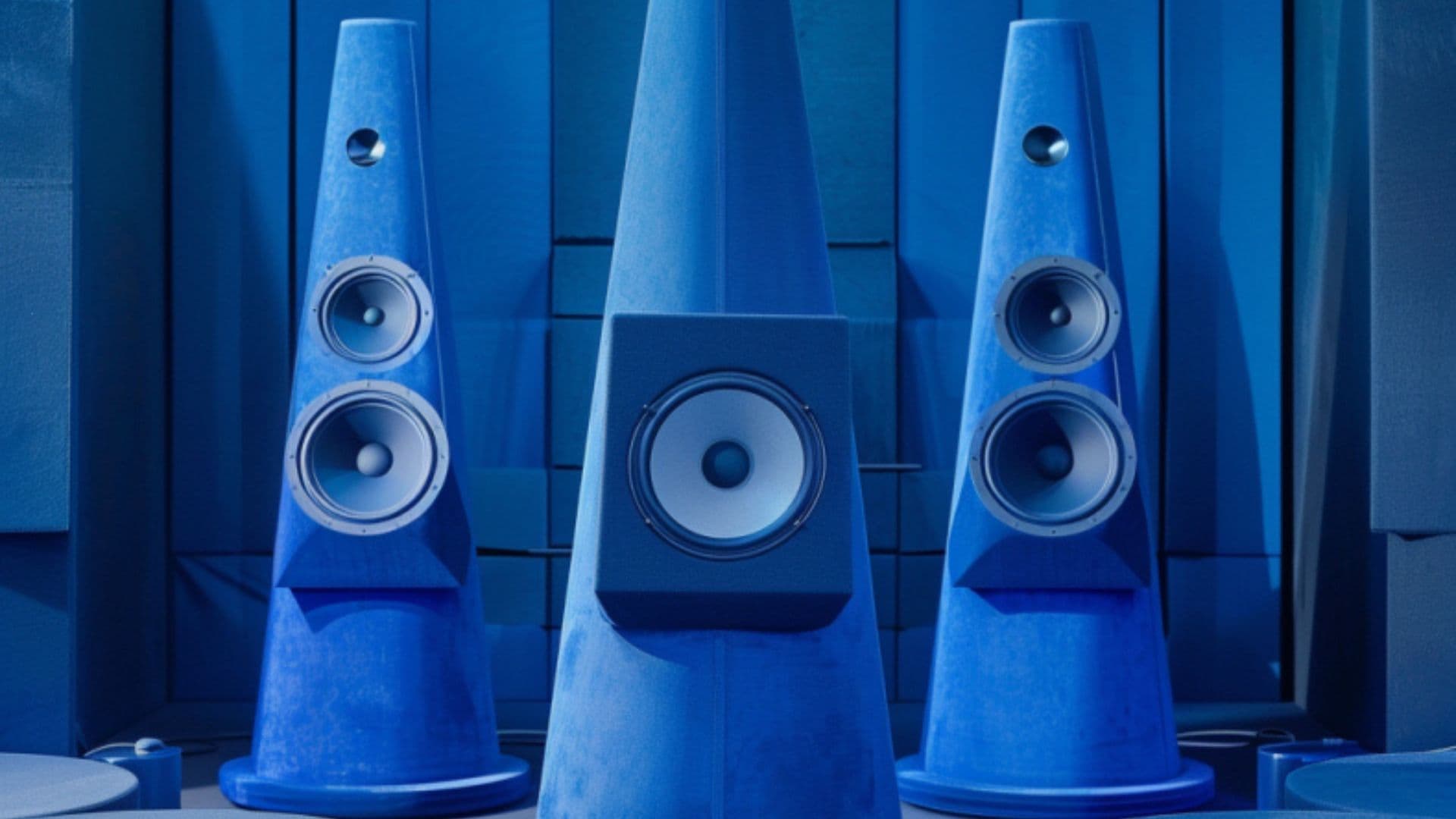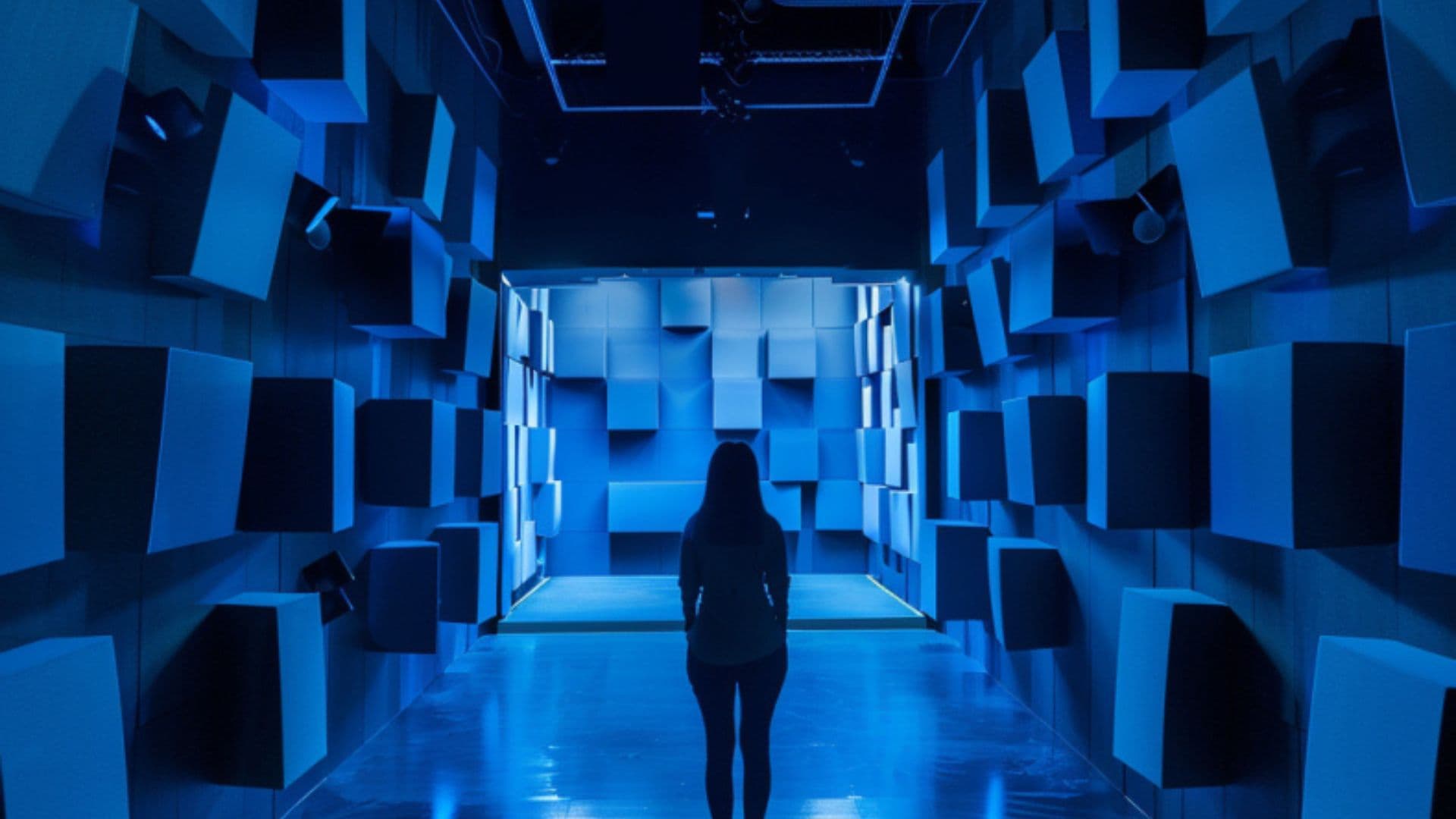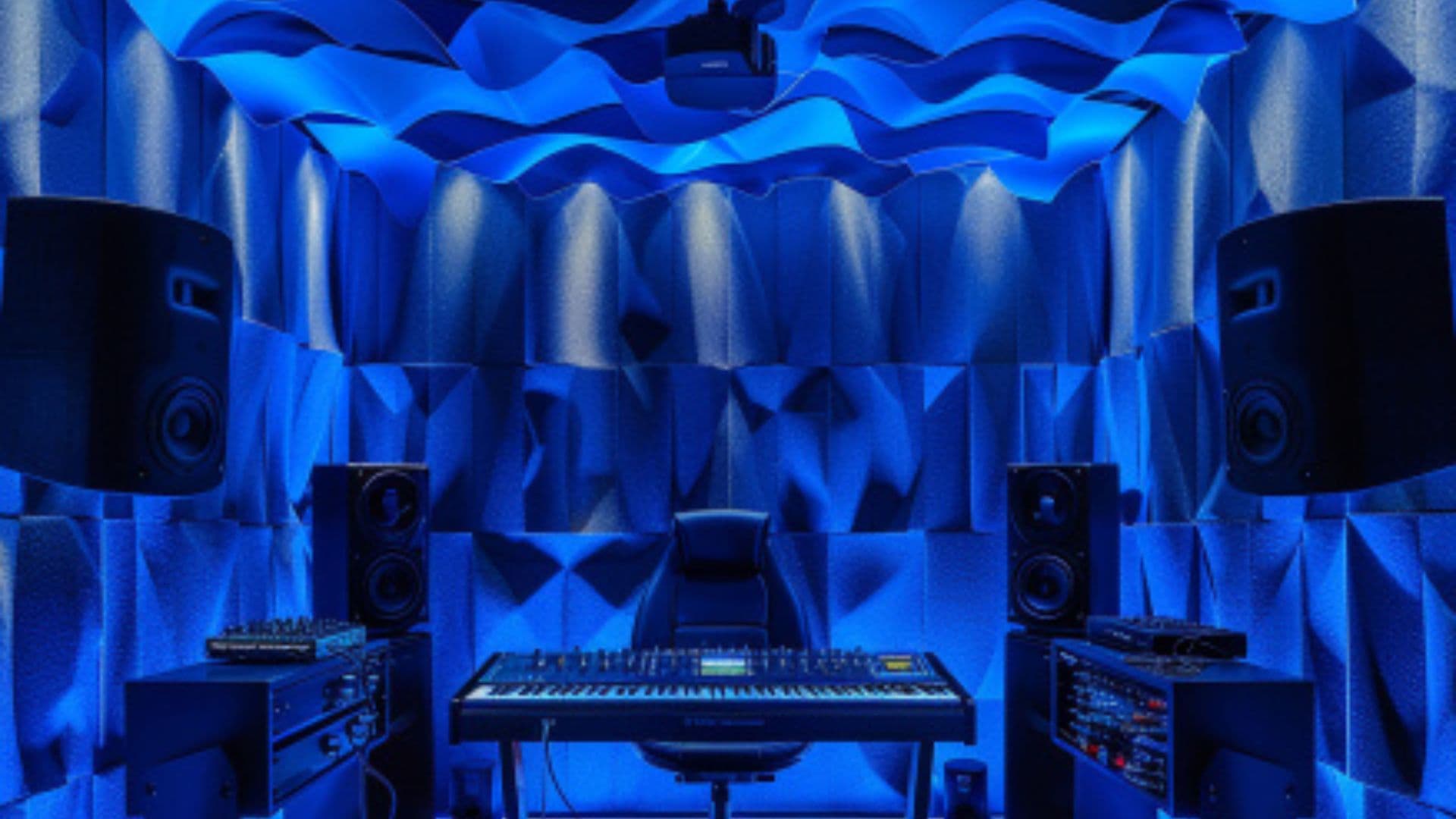
Dolby Atmos Mixing – Essential Guide for Musicians and Producers
Content
Dolby Atmos is an innovative immersive audio format that has redefined the possibilities for musicians and producers by enabling them to create music within a three-dimensional space. Unlike traditional stereo or even surround sound, Dolby Atmos offers a dynamic sound field where audio elements can be positioned with depth and precision, enhancing the listener’s experience beyond the two-dimensional plane.
Initially designed for cinema, Dolby Atmos quickly gained traction in various sectors, including music production, evolving into a standard for Dolby Atmos Music. Its unique ability to deliver immersive audio experiences has made it a sought-after format for artists looking to push the boundaries of their sound design and creative output.
Getting Started with Dolby Atmos Mixing
To start mixing music in Dolby Atmos, musicians and producers need essential pro tools, such as the Dolby Atmos Production Suite. This suite provides the necessary software, with pro tools including the Dolby Atmos Renderer, which works in tandem with a compatible DAW like Logic Pro or Pro Tools. These platforms support Dolby Atmos content creation, allowing for seamless integration and efficient management of object audio and bed tracks in an immersive mixing workflow.

Setting Up Your Studio for Dolby Atmos
A complete Dolby Atmos mixing system is essential for creating high-quality Dolby Atmos content. This system typically includes the Dolby Atmos Renderer, a DAW with Dolby Atmos support, Dolby Atmos mastering suite create Dolby Atmos mixes with, and optionally, the Dolby Atmos Music Panner. These components work together to create an effective Dolby Atmos workflow, enabling producers and musicians to place sound elements precisely in a three-dimensional space.
The Dolby Atmos Renderer is a vital piece of the setup, allowing you to monitor your Dolby Atmos mix in real-time and create the final ADM file needed for distribution. This ensures that the immersive qualities of the mix are maintained across different playback systems.
For optimal results, a 7.1.4 speaker layout is recommended. This configuration of speakers provides a full range of audio immersion, with seven speakers surrounding the listener, one subwoofer, and four overhead speakers. However, in smaller studios, a 5.1.4 setup of speakers can still deliver an impressive immersive audio experience.
To handle the complex routing and channel management required for mixing in Dolby Atmos, an audio interface with at least 10 physical outputs is necessary. This setup allows for accurate distribution of sound across all channels, supporting the immersive qualities that Dolby Atmos mixing brings to music production.
Dolby Atmos Music Panner Plug-in
Integrating the Dolby Atmos Music Panner
The Dolby Atmos Music Panner is an essential plug-in that seamlessly integrates with various DAWs to enable precise positioning of object audio in a three-dimensional space. This tool empowers producers to craft complex, immersive soundscapes, allowing audio elements to move dynamically within the mix.
Creating Depth and Precision
With the Dolby Atmos Music Panner, producers can create detailed and engaging Dolby Atmos mixes by controlling the trajectory, volume levels and location of audio sources. This adds depth and enhances the listener’s experience, making it an indispensable tool for achieving an accurate immersive atmos audio mix.

Mixing Dolby Atmos Music
Strategic Approach to Mixing
Mixing in Dolby Atmos requires a strategic and thoughtful approach to ensure that every component within the track contributes effectively to the overall immersive audio experience. This format allows for a far more expansive and engaging mix compared to traditional stereo mixing, where the placement of sounds is limited to a flat plane.
Moving Beyond Conventional Stereo
The Dolby Atmos Renderer and associated tools facilitate the distribution of audio throughout a fully three-dimensional space, enabling spatial audio that surrounds the listener. This results in an immersive experience of an audio environment where sounds can come from any direction, enhancing the emotional and auditory impact of the music.
Importance of Speaker-Based Review
While initial Dolby Atmos mixing can be done with headphones—beneficial for convenience and preliminary adjustments—it is crucial to conduct the mix room final review on speakers. This step ensures that the mix maintains its intended impact and balance across various playback systems, reflecting the true potential of Dolby Atmos Music.
Working with Objects and Beds
Flexibility in Sound Placement
Dolby Atmos mixes incorporate a unique structure of audio objects object tracks overhead speakers and beds that provide flexibility in sound placement. Audio objects are individual sound elements that can be positioned freely within the three-dimensional space, independent of the fixed bed tracks. This allows for dynamic and precise sound movement, which is key to creating an immersive audio experience.
Role of the Dolby Atmos Renderer
The Dolby Atmos Renderer is essential for monitoring and fine-tuning the placement of both objects and beds. It ensures that the audio elements are well-balanced and positioned correctly to maintain a cohesive and immersive sound environment. This step is crucial for achieving a professional Dolby Atmos mix that translates effectively across different playback systems.
Using Upmixers and 3D Reverbs
Enhancing Spatial Depth
Using upmixers and 3D reverb plug-ins can significantly improve the depth and ambiance of a Dolby Atmos mix. These tools help spread audio elements throughout the listening environment, creating an authentic and engaging immersive sound experience. This is especially valuable in complex music production where maintaining spatial balance is essential.

Ensuring Downmix Compatibility
An important aspect of mixing in Dolby Atmos is ensuring that the final mix is compatible when downmixed to stereo or other non-Atmos formats. Maintaining downmix compatibility guarantees that the Atmos mix still sounds rich and balanced, preserving the essential elements even when played back on standard stereo systems.
Mastering a Dolby Atmos Mix
Balancing Immersive Elements and Technical Precision
Mastering a Dolby Atmos mix requires balancing the intricate spatial audio elements while maintaining key technical aspects such as loudness and dynamic range. This step ensures that the mix preserves the original essence of the stereo mix while fully exploiting the capabilities of immersive spatial audio together. The goal of mixing process is to deliver a polished Dolby Atmos mix that offers listeners a dynamic and enriched listening experience.
Delivering Dolby Atmos Music
Preparing and Exporting the Final Mix
The final step in Dolby Atmos content creation is exporting the mix as an ADM file, which is the standard format for Dolby Atmos mixes. This file can then be uploaded to digital distribution platforms such as Apple Music and Amazon Music. Including a high-quality stereo mix alongside the Dolby Atmos version ensures compatibility for listeners who may not have access to Dolby Atmos-compatible playback systems.
Remastering Music in Dolby Atmos
Bringing New Life to Classic Tracks
Remastering music in Dolby Atmos can reinvigorate older songs, giving them a new, immersive quality. This process takes advantage of the three-dimensional space offered by Dolby Atmos, allowing producers to reimagine tracks with enhanced spatial detail. While most genres own music can benefit, electronic and ambient music often see the most notable improvements due to their use of spatial sound design and textured layers.
Dolby Atmos Music via Headphones
Binaural Monitoring for Immersive Mixing
The Dolby Atmos Renderer supports binaural monitoring, enabling producers to simulate the Dolby Atmos listening experience through headphones. This is especially useful during the production phase, where precise sound placement needs to be evaluated without a full speaker setup. To ensure the integrity of sounds in the mix, it’s important not to alter the binaural audio version with additional frequency or dynamic processing, as this can disrupt the accuracy of the 3D sound field and spatial perception.

Conclusion
Mixing in Dolby Atmos presents an exciting opportunity for producers and sound engineers to explore new dimensions of sound design and music production. The immersive nature of mixing music Dolby Atmos enables creative approaches that push the boundaries beyond traditional stereo and surround sound.
With essential tools like the Dolby Atmos Renderer and Dolby Atmos Production Suite, along with a focus on strategic sound placement and more using the Dolby by Atmos mastering suite, musicians can craft immersive audio experiences that captivate listeners across various playback systems. The expanding Dolby Atmos support in major DAWs simplifies the Dolby Atmos workflow, making the production of Dolby Atmos music more accessible than ever. This evolution in audio technology empowers artists to create impactful, three-dimensional soundscapes that elevate the listening experience.
learn Dolby Atmos Mixing with this course